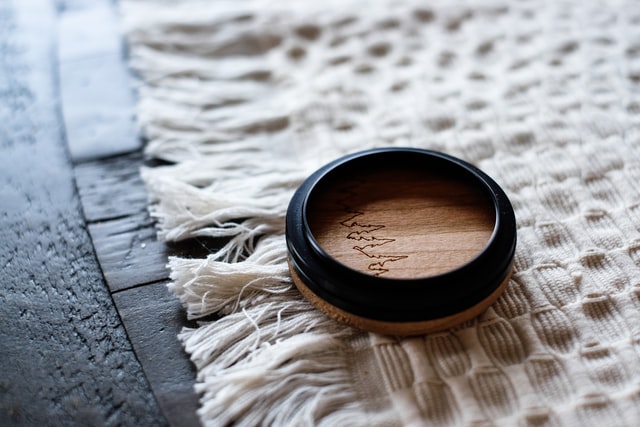Many of us have heard the term BPA many times, but still do not know precisely what is BPA? Customer awareness regarding environmental impacts and health is increasing. The term BPA is showing up more and more often in search queries on the internet. It has been under the spotlight for the past few years, especially in the food and cosmetics industries, where it has gotten a lot of negative attention. One of the major issues revolving around the BPA is its use in packaging materials and its effects on the product it is supposed to protect. Some experts claim that it is toxic, and people should make an effort to avoid it. But the fact behind BPA still stays unknown to ordinary people, and many of us wonder if it is dangerous. This article will help you understand what is BPA and whether we should be concerned about BPA in packaging materials.
BPA is short for Bisphenol A, an industrial chemical agent that has been used for decades to produce a specific type of polycarbonate plastic and resin. In simple words, it is a chemical that is most commonly used in the production of plastics for packaging materials. It is also used to produce other products, especially the hard outside plastic casing of everyday plastic products, including electronics, CDs, sports equipment, and thermal paper. The toughness, durability and transparency of BPA plastics make them a prevalent choice in the packaging industry. Since its introduction in late 1950, BPA based plastic has been used to produce water bottles, plastic jars, and plastic containers to store food items and beverages. Apart from being used in production for packaging material, it is also used to produce waterproof coatings in epoxy resins. These coatings are often found inside large tins, jars and water supply pipes.
Bisphenol A is used in many things and for its beneficial properties. It is cheap, durable, long-lasting and transparent. That is why it is one of the most produced chemicals in the world. However, in this article, we will focus on the use of BPA in the packaging industry, as this is one of the primary sources through which BPA enters our diet. BPA is considered a toxic material. Although the real danger and potential health effects of BPA on our health are yet to be proven, it is better to be safe than sorry. The Food and Drug Administration (FDA) has banned the use of BPA chemicals in the production of baby bottles and in packaging materials for infant formula. This shows that BPA does carry potential risks, enough to prompt the FDA to act.
BPA is thought to mimic the structure and function of the hormone estrogen and may also react with other hormone receptors. If you consume BPA directly, it can cause serious health problems. When BPA packaging material is exposed to extreme heat or pressure, the chemical agent can leak out and enter the products stored inside, affecting its quality and safety. In such a case, if the product is consumed or applied to any part of the body, it may lead to several health issues, including the risks of cancer, brain damage and diabetes.
Given the above information, many people are worried about their health, and customers worldwide are wondering if BPA should be banned. Its use has already been partially restricted in many European Union countries, the USA, Canada, China, and Malaysia, especially in infant products and its packaging materials. However, most products today come in plastic packaging and knowing the BPA status of such plastics might not always be possible. Therefore, it is in our best interest to reduce our exposure to plastics in general unless one is sure it is BPA free.
There is ongoing research on the use of BPA materials to determine if it is safe for human beings. However, until we get some specific and definitive answers, it is recommended to avoid product packaging that contains BPA. Manufacturers are also paying heed to this discussion, and many are turning towards BPA-free packaging materials. Some excellent alternative packaging materials are aluminum and glass. Both these materials are naturally occurring and do not require BPA in their production or treatment, ensuring a 100% BPA-free packaging solution. Aluminum is widely used to manufacture cans and tin containers to store food and fizzy drinks. It also does not react with organic acids, making it a food safe packaging solution.
Furthermore, aluminum is a lightweight and durable material that adds minimal extra transportation cost. Its superior recycling capability ensures eco-friendliness. On the other hand, glass is commonly used to make bottles and jars to store liquid beverages. You can also use glass made pots and box containers for safely storing leftover food and homemade cosmetics products. When properly packed and sealed, it acts as a barrier against oxygen, air moisture and bacteria. This helps the products stored inside and they will remain fresh and aromatic for a long time.
To conclude, it is important for consumers to know what BPA is. Apart from choosing BPA alternative packaging, sometimes it might be impossible to avoid plastics. If there is no other option but plastic, look for products that are labelled BPA-free. As a rule of thumb, avoid heat or pressure exposure to any sort of plastic container that has consumables stored. Do not put plastic containers in microwave, as the heat can break them down over time, and BPA may slip into the food. Last but not least, to always be on the safe side, avoid pre-packaged food.

